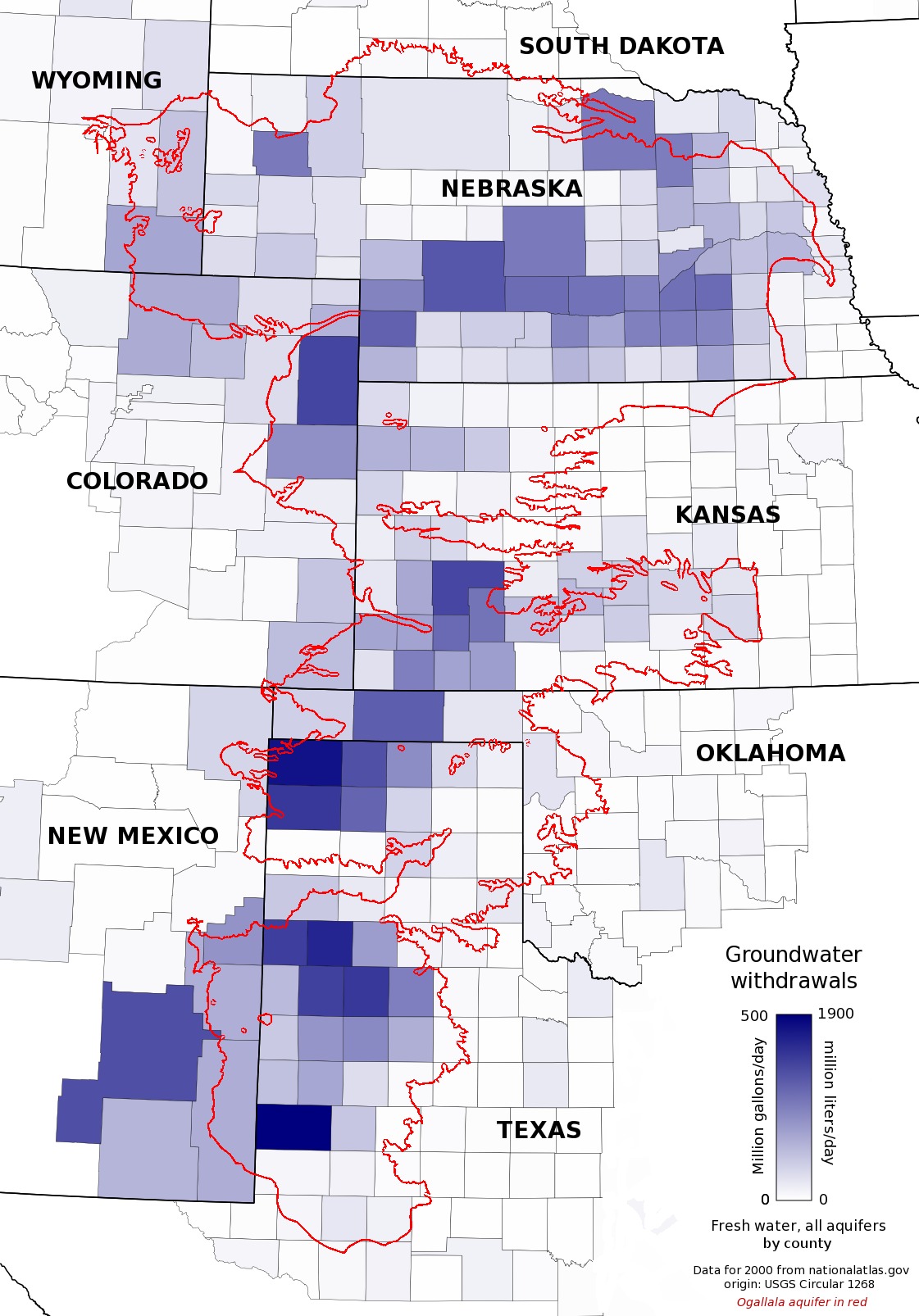- What Earth’s Magnetic Field Has to Do With Climate History - October 7, 2025
- The Science Behind Heat Domes and Their Growing Impact - October 7, 2025
- What Ancient Lake Beds Teach Us About Past Rainfall Patterns - October 6, 2025
A Crisis Beneath the Soil
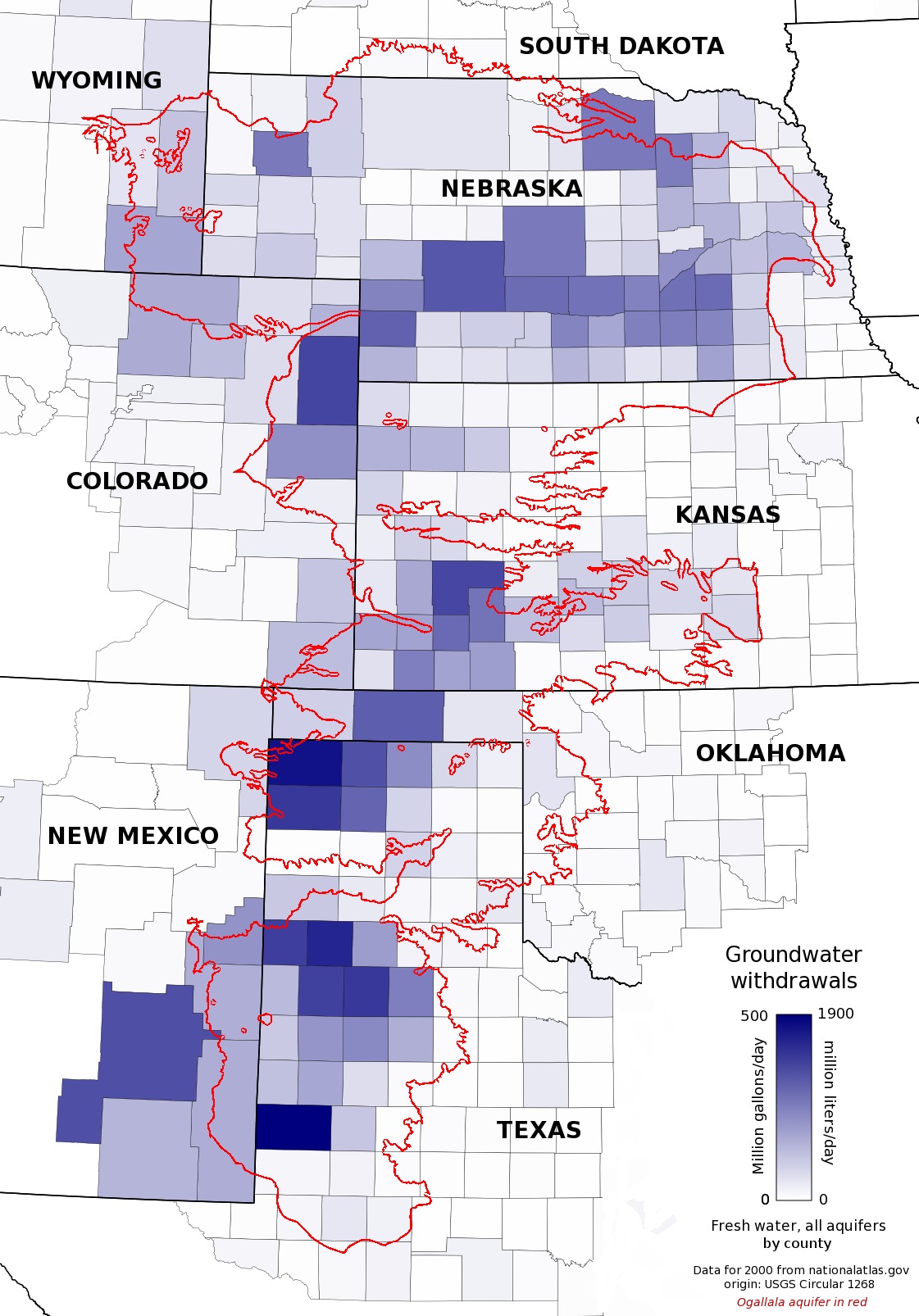
Journalists Allison Kite and Kevin Hardy of the Kansas Reflector report that the Ogallala Aquifer—an immense underground water reserve spanning from South Dakota to Texas—is drying up. This depletion threatens not just agriculture but the very survival of rural towns and cities that have long depended on it. Ironically, the farming industry that once built these communities could now lead to their collapse.
A Governor’s Warning
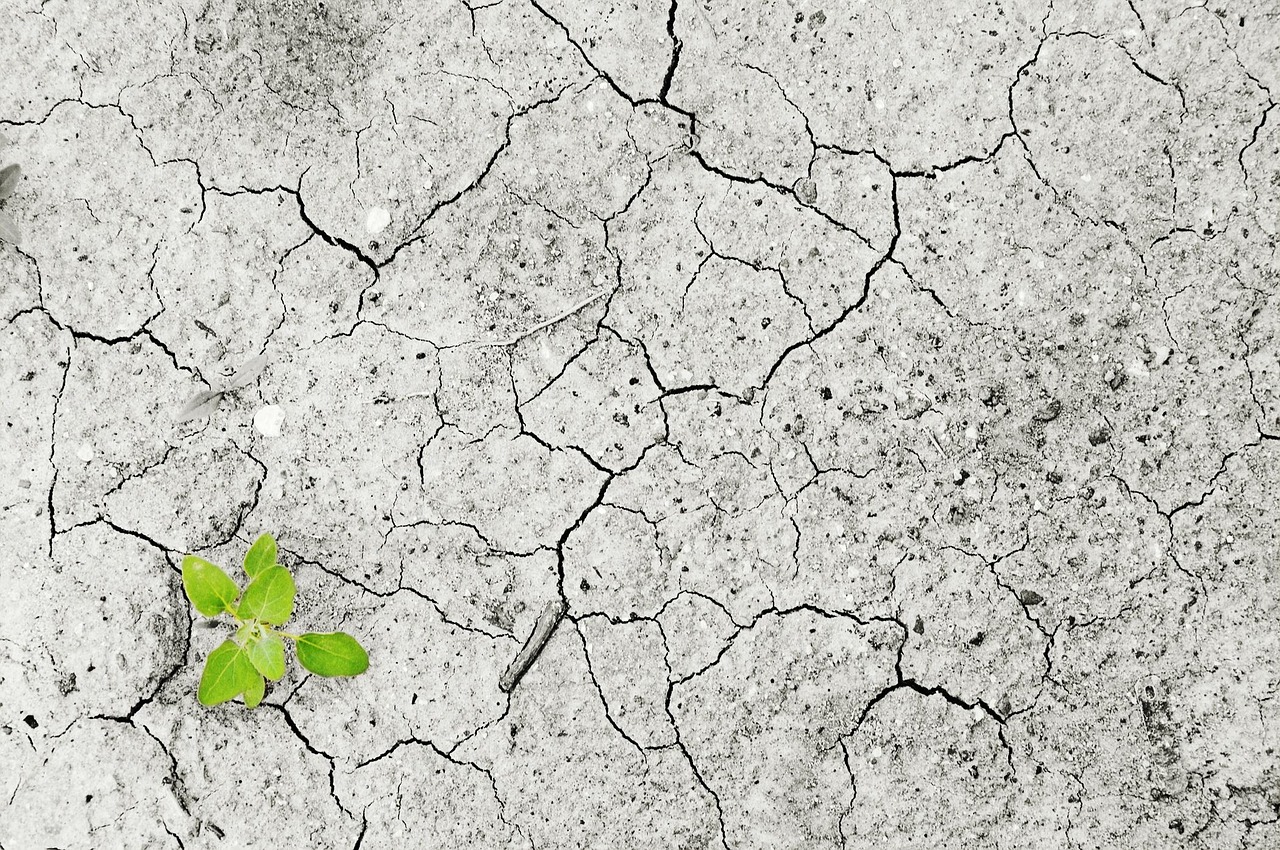
Kansas Governor Laura Kelly has acknowledged the looming danger, warning that some communities could run out of water within a generation. She urges immediate action, stating, “If they do nothing, I think they’re going to suffer the consequences.” While there’s still time to respond, inaction could mean irreversible damage to livelihoods and entire towns.
Why the Ogallala Matters
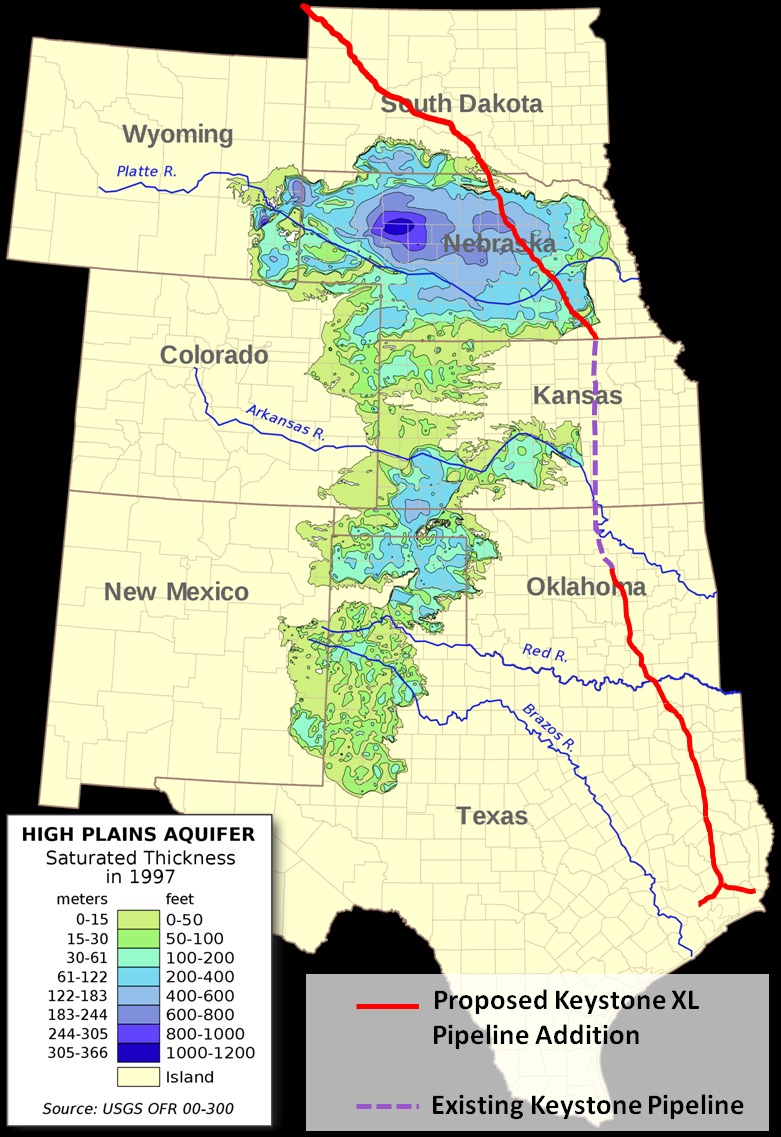
The Ogallala Aquifer is one of America’s most critical water sources. It supports both residential use and massive agricultural production. According to Oklahoma State University, 14% of the aquifer supports irrigated acreage generating $7 billion in crop sales. It also supplies a quarter of all water used for farming in the United States, contributing 20% of the nation’s wheat, corn, cotton, and cattle production.
The Machinery of Extraction
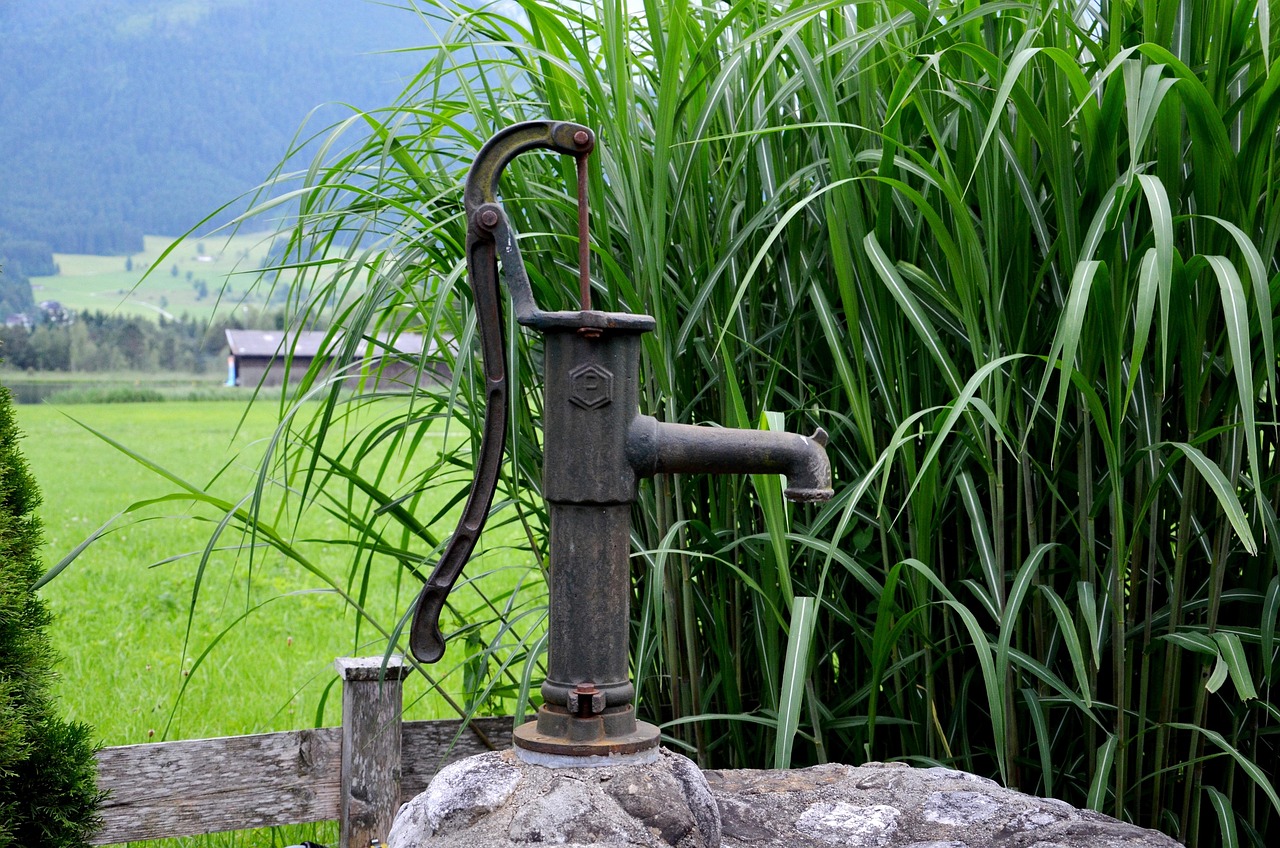
Water is being pumped from the Ogallala by nearly 200,000 irrigation wells—most installed since the 1940s. These wells have multiplied especially during dry spells. This large-scale extraction continues to accelerate the depletion, making future sustainability increasingly uncertain.
A Longstanding Alarm
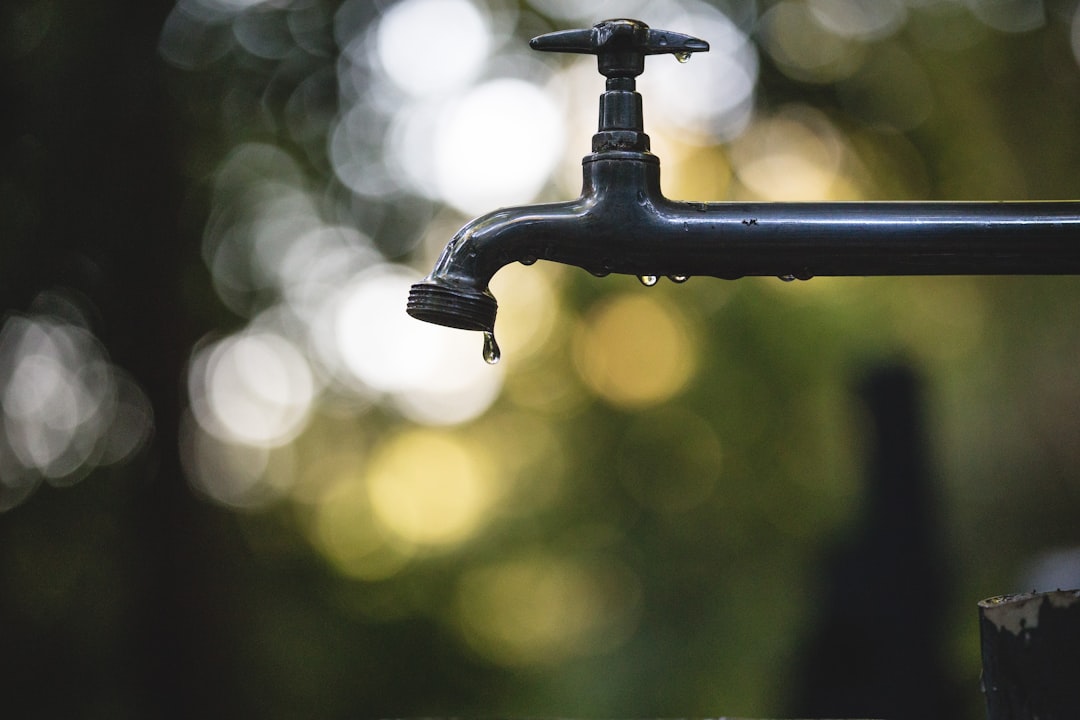
Concerns over Ogallala’s decline are not new. Back in 2009, Scientific American warned of its disappearance. “This is the breadbasket of America,” journalist Jane Braxton Little wrote, noting that if the aquifer dries up, more than $20 billion in food and fiber could disappear from the global market.
The Numbers Tell a Grim Story
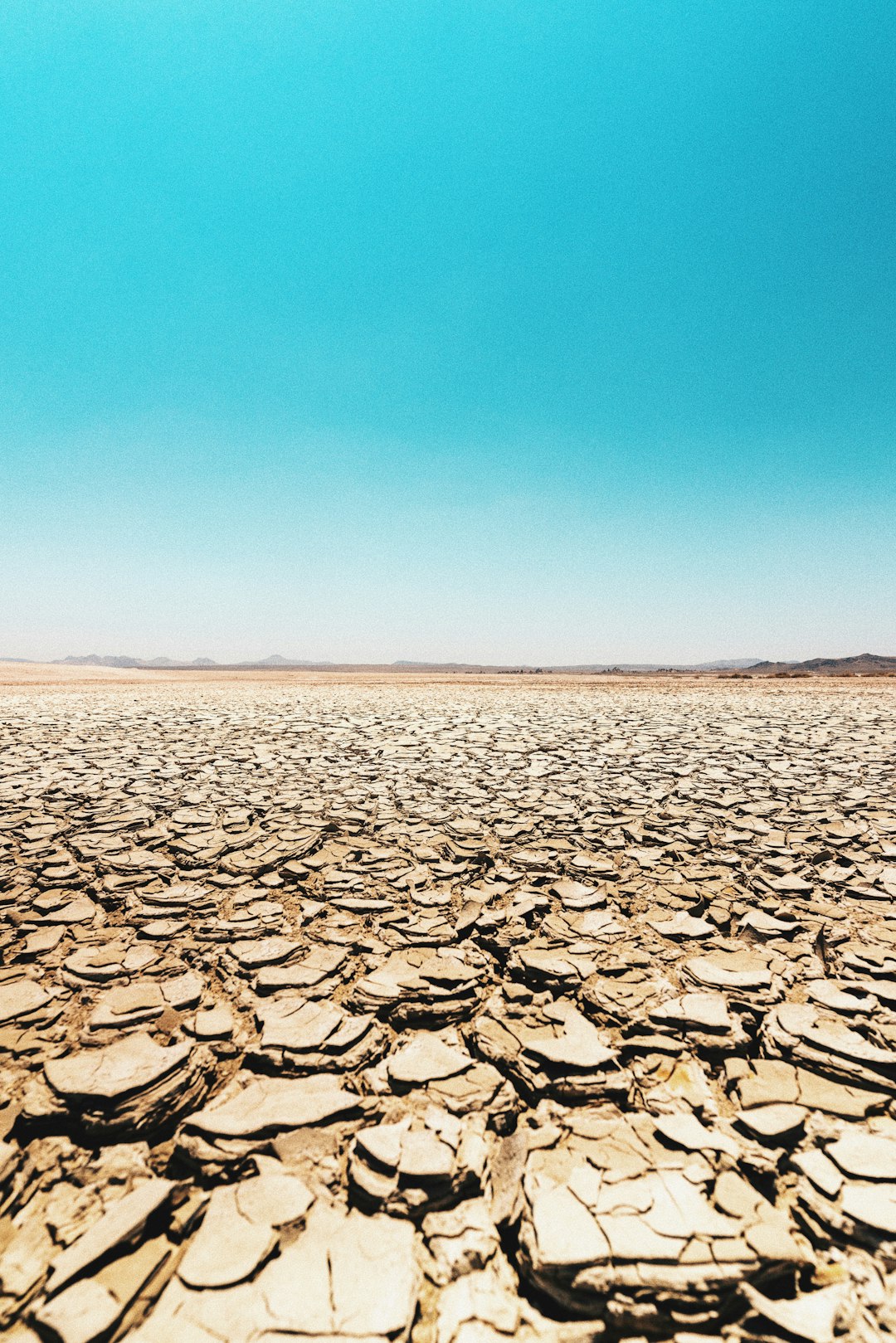
Water levels in the Ogallala have steadily dropped over the decades. The Texas Tribune reported ongoing declines over the last five years. Since mid-20th-century irrigation expansion, Kansas has seen a 28.2-foot drop in water levels—nearly double the eight-state average of 16.8 feet. Texas has experienced an even steeper drop of 44 feet, while New Mexico’s aquifer levels have declined by 19.1 feet. Some states like South Dakota have seen slight increases, but overall, the trend is deeply concerning.
Communities Struggle to Adapt
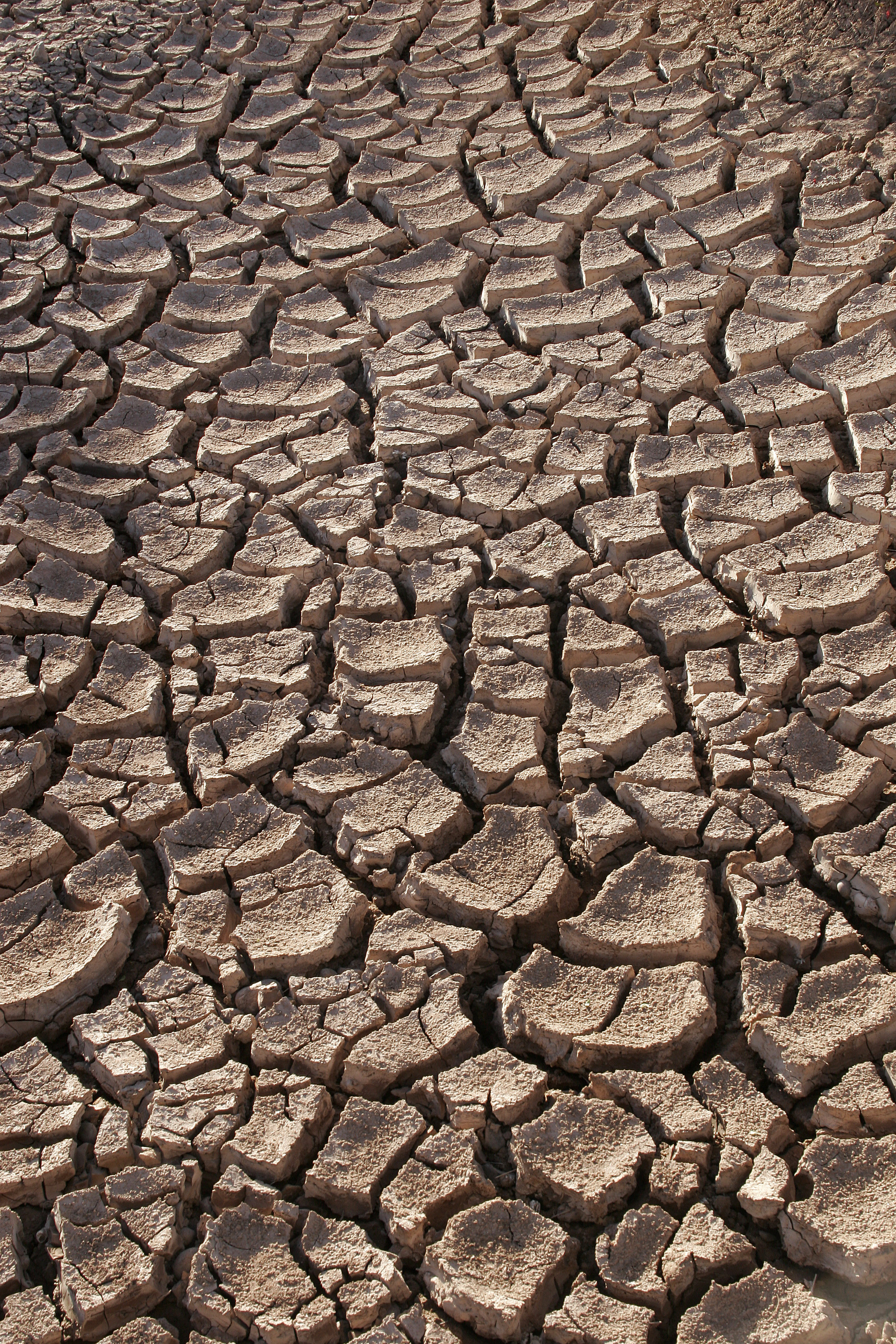
Communities along the Ogallala are taking action, though often not fast enough. In Clovis, New Mexico, Mayor Michael Morris is working on conservation programs and water recycling initiatives. Still, he says the reality is worse than many locals believe. Regional efforts to reduce water pumping are underway, but the urgency is mounting.
A Bleak Outlook Without Action

Experts like Peter Gleick warn that unless drastic conservation steps are taken, some towns may not survive. “We’ve seen that historically,” he said, “where communities outgrow a natural resource or lose a natural resource and people have to move to abandon their homes.” The Ogallala’s decline could make that history repeat itself in America’s rural heartland.
When Wells Run Dry: Real Communities Already Facing the Crisis

The warnings aren’t just theoretical anymore – they’re playing out in real time across the Great Plains. In southwestern Kansas, the town of Scott City has watched its well levels drop so dramatically that some farmers have already switched from corn to less water-hungry crops like wheat and sorghum. It’s a heartbreaking choice that cuts farm income by thousands of dollars per year. Meanwhile, in the Texas Panhandle, entire sections of what were once productive farmland now sit empty, their irrigation systems abandoned like metal skeletons against the endless sky. These aren’t isolated incidents either – they’re early warning signs of what’s coming for hundreds of other rural communities. The most chilling part? Many of these towns built their entire economic foundation on the assumption that the water would always be there, and now they’re scrambling to reinvent themselves before it’s too late.

